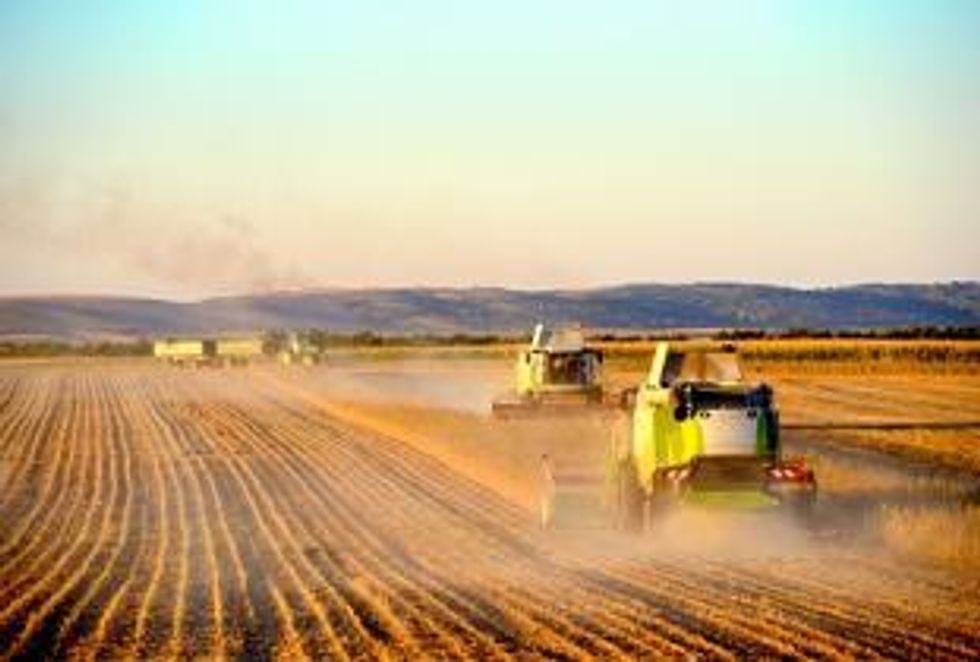Concerns that grain surpluses are quickly being depleted have impacted regional markets in a variety of ways. These actions remain geographically diverse and attention must be paid to regional market trends in order to understand firm and potash market dynamics.
By James Wellstead—Exclusive to Potash Investing News
Increasing commodity prices and tightness in grain supply have led governments and investors to act in the face of rising food prices. Concerns that grain surpluses are quickly being depleted have impacted regional markets in a variety of ways. These actions remain geographically diverse and attention must be paid to regional market trends in order to understand firm and potash market dynamics.Europe
After the recent successful $24 billion merger of Russian and Belarusian firms Silvinit and Uralkali – now the world’s largest potash producer – European potash producers have demanded the European Commission continue the 1992 import tariffs imposed on the Eastern European fertilizer market. The current tariff of 27.5 percent is said to protect European producers of the critical farm input from soaring fertilizer costs for cash-strapped farmers from what are seen to be illegally low prices. The European Commission will have until July to decide whether to accept the request and then has up to 15 months to make a decision on extending the duties, Michael Wudonig, a German potash producer spokesman for K+S Ag (ETR:SDF) told Reuters. The tariffs would remain in force while it considered the matter.
However, the continuation of tariffs represents a relatively small share of Silvinit and Uralkali’s current export market. 2009 export levels for the producers to the European markets stood at only 3.6 percent and 10.4 percent respectively. Despite this, these imports carry a potentially large impact for the smaller European producers based primarily in Germany, Spain and Britain. These producers have raised concerns that closing European mines could make the continent dependent on foreign supplies of an essential farm input. The tariff extension request is seen as likely due to the strong lobbying power of agricultural producers within the EU.
Asia
The developing markets of India and China are also critical regions in terms of understanding potash markets. As the world’s largest buyer of potash, 23.1 million tons in 2007, China’s recent continued concern with rising inflation – due to rising commodity prices – have led manifested in several interest rates increases in the last 8 months. However, monetary contraction will have little impact on food related inflation. Kirby Daley, from Newedge Group, in a February interview on CNBC stated that “any monetary policy tightening is not going to have an effect on the price of corn or wheat or soya beans or corn that has been driven by supply issues.”
China has been prudent in planning to stockpile wheat and rice will do much to alleviate concerns over food riot risks such as those that incited recent political anarchy in the Middle East and North Africa. However, China Strategy editor Robert Hsu wrote that “as Chinese consumption of meat increases, demand for feed grain has increased substantially.” As a result, U.S. produced soybeans for animal feed and high-quality spring wheat for better-tasting breads and pastries have become a driving concern for food producers within China and have been a dominant force informing higher prices for feed grains. From this, Hsu predicts that “grain and fertilizer plays that are traded in the U.S. market will continue to benefit from Beijing’s long-term food strategy.”
US
The US, the world’s largest food exporter, has been an important market in the rising demand for potash. While feedstock commodities have been rising in the face of increasing developing market meat consumption, all grains have been booming.
US corn farmers in particular continue to reap the benefits of record high prices expected to head between $8 and $9 USD per bushel, driven primarily from booming ethanol markets. Currently, the USDA counts12.5 billion bushels of corn capacity on US farms, 900 million more than four years ago.
Yet, the continued demand for fertilizer in order to expand crop yields is considered to be reaching a plateau following a 4.5 percent increase in planting, sowing the second-most acres since 1944, predicted by the USDA this year.
Instead, farmers may shift investments towards storage and equipment in order to reap the record corn prices. Michael Swanson of Wells Fargo noted this shift in a recent FT.com article, claiming “farmers have built more on-farm grain storage in the last three to four years than they’ve built in the previous 30” as a means of minimizing the discount they lose selling to merchants as opposed to the Chicago future prices.
